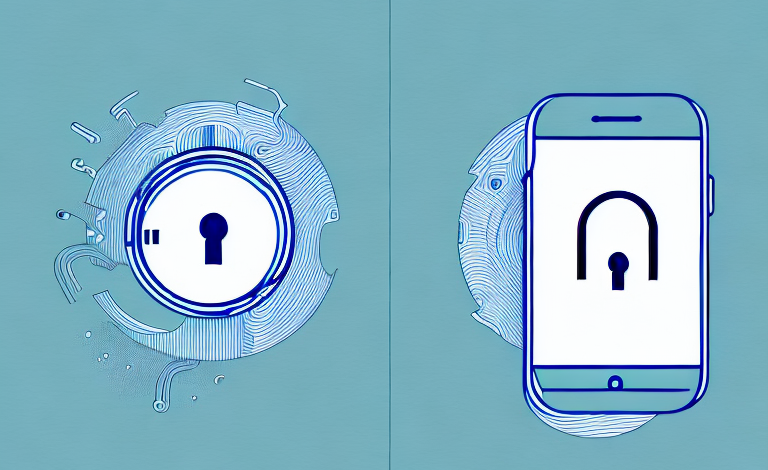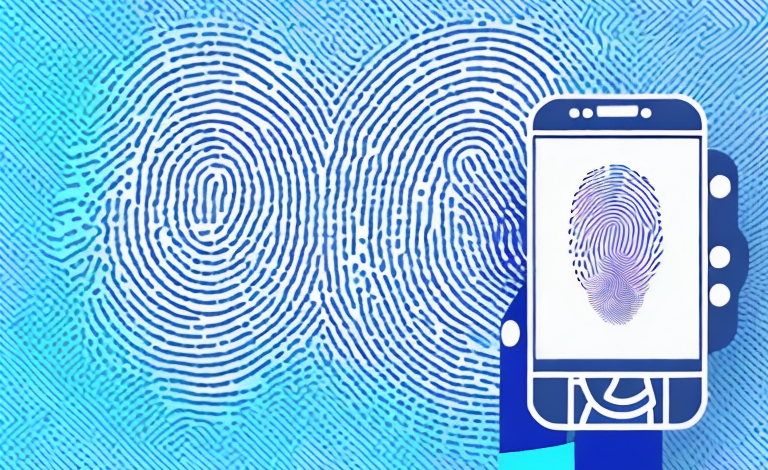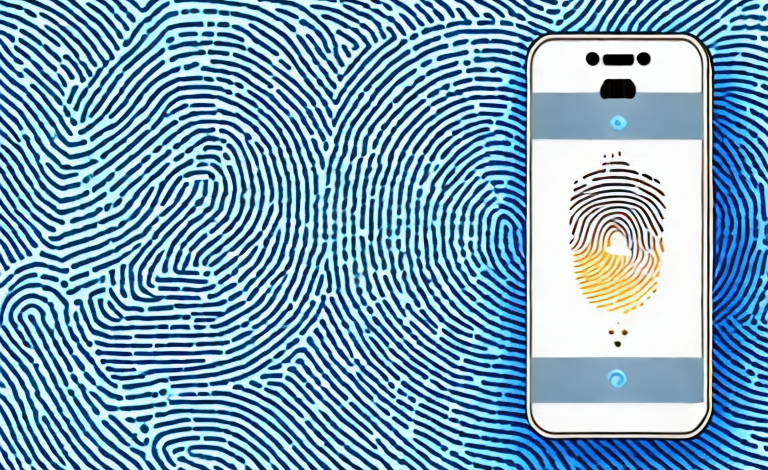Smart locks have become increasingly popular over the years, thanks to their convenience and ability to make our lives easier. However, like any electronic device, they can also malfunction and cause frustration. In this article, we’ll cover the common causes of smart lock malfunction, troubleshooting tips for connectivity issues, resetting your smart lock to factory settings, battery replacement, firmware upgrades, Wi-Fi signal interference, reprogramming codes and passwords, and contacting customer support.
The common causes of smart lock malfunction
Smart locks are an excellent investment, but they can still experience technical difficulties. Here are some common causes:
- Low battery life or battery failure
- Incorrect installation or setup
- Wi-Fi or Bluetooth connectivity problems
- Hardware failure
It is important to note that smart locks can also malfunction due to software issues. This can include bugs in the lock’s firmware or compatibility issues with the user’s smartphone or other devices. It is recommended to regularly update the lock’s software and ensure that all connected devices are compatible with the lock’s technology.
Troubleshooting tips for smart lock connectivity issues
If you’re experiencing connectivity issues with your smart lock, the following tips may help:
- Check the signal strength
- Restart your device
- Check your Wi-Fi connection
- Check the smart lock’s firmware
- Reboot your router and modem
However, if these tips do not resolve the issue, there may be other factors at play. It is possible that there is interference from other devices in your home, such as microwaves or baby monitors. Try moving your smart lock closer to your Wi-Fi router or access point to see if this improves connectivity.
Another potential issue could be with your smart lock’s battery life. If the battery is low, this could cause connectivity issues. Check the battery level and replace it if necessary.
How to reset your smart lock to factory settings
If you’ve tried troubleshooting your smart lock connectivity issues and it’s still not working, resetting it to factory settings may help. The following steps will guide you through the process:
- Locate the reset button on your smart lock
- Press and hold the reset button for 30 seconds
- Release the reset button
- Disconnect and reconnect the battery
It’s important to note that resetting your smart lock to factory settings will erase all user codes and settings. You will need to reprogram your lock with new user codes and settings after the reset. Make sure to refer to your smart lock’s user manual for specific instructions on how to reprogram your lock.
Smart lock battery replacement guide
If your smart lock has a low battery or is not working at all, replacing the battery may solve the issue. The following steps will guide you through the battery replacement process:
- Locate the battery compartment
- Use a screwdriver to open the compartment
- Remove the old batteries
- Insert the new batteries into the compartment
- Close the compartment using the screws
It is important to note that not all smart locks use the same type of batteries. Before purchasing replacement batteries, check the manufacturer’s instructions or website to ensure you are using the correct type. Additionally, some smart locks may require a reset after the battery replacement process. Refer to the manufacturer’s instructions for any additional steps that may be necessary.
Upgrading your smart lock’s firmware for better performance
Smart locks require firmware upgrades periodically to improve performance and functionality. Follow the steps below to upgrade your firmware:
- Locate the smart lock’s mobile app
- Log in to your account
- Check for updates
- Download and install the firmware upgrade
It is important to note that firmware upgrades may vary depending on the brand and model of your smart lock. Some smart locks may require additional steps or specific instructions for firmware upgrades. It is recommended to refer to the manufacturer’s website or user manual for detailed instructions on how to upgrade your smart lock’s firmware.
Is your Wi-Fi signal causing smart lock problems? Here’s what you can do.
Wi-Fi interference can cause smart lock connectivity issues. Here are a few things you can do to reduce interference:
- Use a Wi-Fi extender
- Move your Wi-Fi router
- Reset your Wi-Fi connection
- Update your Wi-Fi firmware
However, if these solutions do not work, there may be other factors contributing to the smart lock connectivity issues. One possible cause could be the distance between the smart lock and the Wi-Fi router. If the smart lock is too far away from the router, it may not be able to establish a stable connection. In this case, you may need to consider moving the smart lock closer to the router or installing a Wi-Fi repeater.
Another factor that could be causing smart lock connectivity issues is the presence of other wireless devices in your home. Devices such as baby monitors, cordless phones, and Bluetooth speakers can all interfere with your Wi-Fi signal and cause connectivity issues. If you suspect that this may be the case, try turning off these devices and see if the smart lock connectivity improves.
A step-by-step guide to reprogramming your smart lock’s codes and passwords
Reprogramming your smart lock’s codes and passwords may be necessary if you have lost them or if you want to change them for security purposes. Here are the steps to follow:
- Locate the mobile app for your smart lock
- Log in to your account
- Select the specific lock
- Choose the option to edit codes and passwords
- Enter the new codes and passwords and save changes
It is important to note that some smart locks may have additional steps or requirements for reprogramming codes and passwords. For example, some locks may require physical access to the lock itself in order to enter a master code or reset the lock. Additionally, some locks may have limitations on the number of codes that can be programmed at one time. Be sure to consult the user manual or manufacturer’s website for specific instructions and guidelines for your smart lock.
Smart locks and voice assistants: How to troubleshoot connectivity issues
If you’re having connectivity issues between your smart lock and voice assistant, the following steps may help:
- Check the signal strength
- Restart your device
- Enable the voice assistant skill in your mobile app
- Ensure your voice assistant is in range of your smart lock
It’s also important to make sure that your smart lock and voice assistant are both connected to the same Wi-Fi network. If they are not, you may experience connectivity issues. Additionally, if you have recently changed your Wi-Fi network or password, you will need to update the settings on both your smart lock and voice assistant to ensure they are still able to communicate with each other.
Contacting customer support: What to expect and how they can help with your smart lock problems
If you’ve tried all the troubleshooting tips and can’t seem to fix your smart lock, contacting customer support may be the best solution. They can help diagnose the issue over the phone or through email and help with any necessary repairs or replacements. Be prepared to provide your smart lock’s model number, date of purchase and transaction ID. You may also be asked to provide proof of purchase or a picture of the issue.
Smart locks are great devices when they work properly. By following these troubleshooting tips and steps to fix common issues, you can ensure that your smart lock continues to function as expected. If you’ve exhausted all these options, contacting support is always a viable solution.
When contacting customer support, it’s important to have patience and be prepared to follow their instructions. They may ask you to perform certain tasks or provide additional information to help diagnose the issue. It’s also important to keep in mind that some issues may require a technician to come out and physically inspect the lock, which may result in additional fees.
However, customer support is there to help you and ensure that your smart lock is functioning properly. They can also provide guidance on how to properly maintain and care for your lock to prevent future issues. Don’t hesitate to reach out to them if you’re experiencing any problems with your smart lock.



